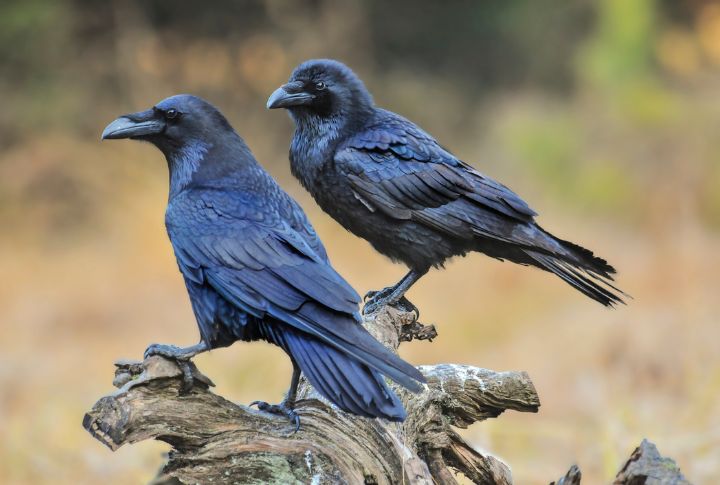
Crows, with their striking black plumage and sharp intelligence, are fascinating birds whose name originates from the Old English word “crawa.” Despite impressive abilities like recognizing human faces for years, we often judge them by their dark appearance. However, there’s much more to crows than meets the eye. This listicle debunks 15 common misconceptions about crows, revealing the truth about these remarkable creatures.
Myth: Crows Are Bad Luck
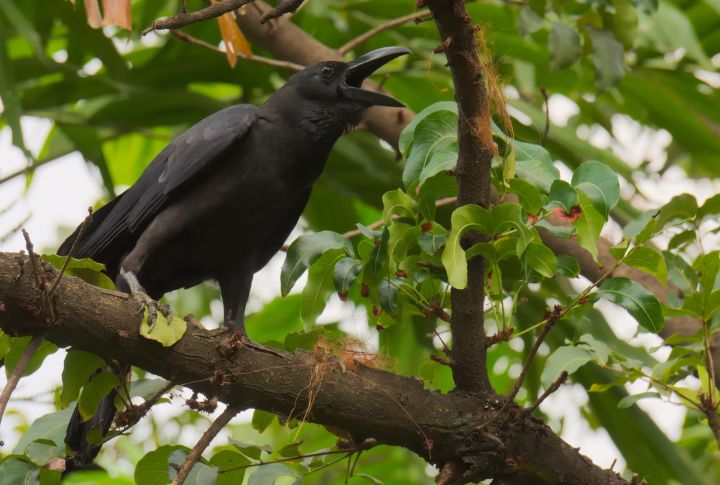
Fact: These birds are often seen as bad luck due to cultural superstitions, but these interpretations aren’t universal and shouldn’t define a global species. For centuries, folklore has painted crows in a bad light due to their dark color and the frightening sound of their cawing. Meanwhile, they represent yin-yang, including light and dark energy in Celtic stories. So when you spot a crow at your window, stay calm and don’t get all worked up.
Myth: Crows Are Loners

Fact: Crows are highly social and live in family groups. They live in tight-knit communities, often roosting together in large numbers for protection and warmth. Crows engage in cooperative breeding, with family members helping to raise young. Their tight social structures highlight their communal nature, and when one dies, the murder (a group of crows) surrounds the deceased.
Myth: Crows Only Eat Carrion

Fact: Crows have a diverse diet besides carrion. These birds are omnivorous and enjoy fruits, seeds, insects, bird eggs, small animals, fish, and even human food scraps. Crows are also opportunistic feeders, changing their diet based on what’s available.
Myth: Crows Are Destructive Pests
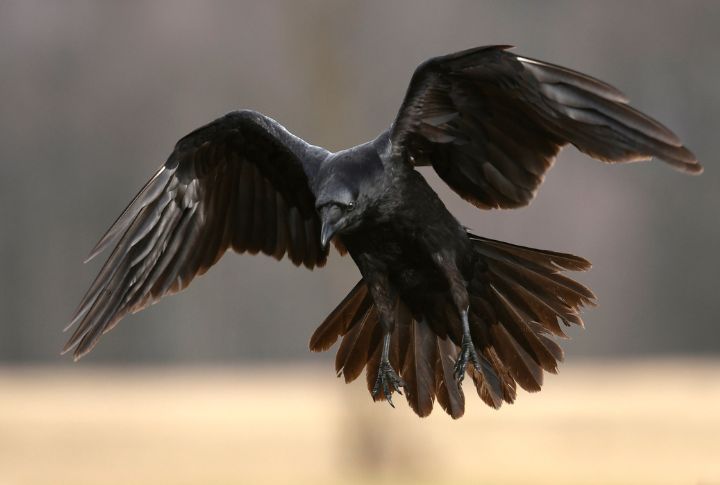
Fact: While crows can sometimes be considered pests due to their loud calls and scavenging behaviors, they also provide valuable ecosystem services with natural pest management. They also control insect populations, clean up carrion, and disperse seeds, promoting plant growth. Since their impact is beneficial, we should acknowledge their importance rather than label them as pests.
Myth: Crows Predict Death

Fact: Crows cannot predict death because they lack supernatural abilities. Cultures link them to death due to their black plumage and scavenging behaviors near battlefields, cemeteries, and dead things. In some Native American lore, crows are messengers between the world of the living and the dead. Also, it’s easy to believe this misconception when a group of crows is called a “murder.”
Myth: Crows Are Dumb Birds
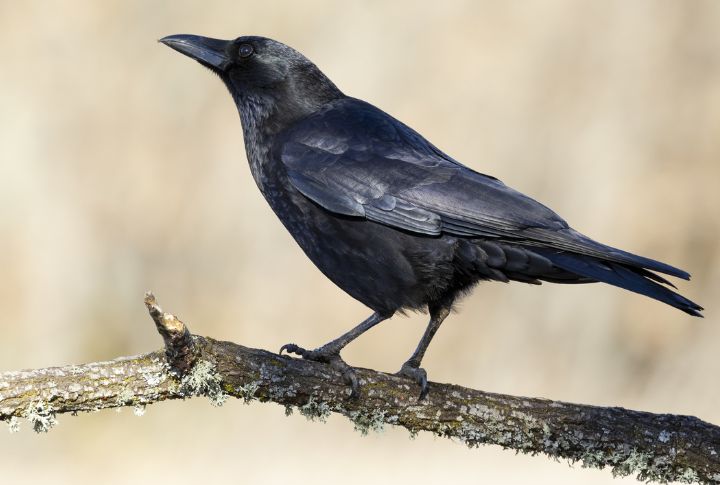
Fact: Believing crows are stupid couldn’t be farther from the truth. Like other members of the corvid family, crows are brilliant birds. They can figure out puzzles — at the same level as a seven-year-old human child. Crows can also recognize human faces and hold grudges. Some can even learn to “talk,” mimicking human words and voices. They will even play pranks, just for their amusement.
Myth: Crows Attack Humans Unprovoked
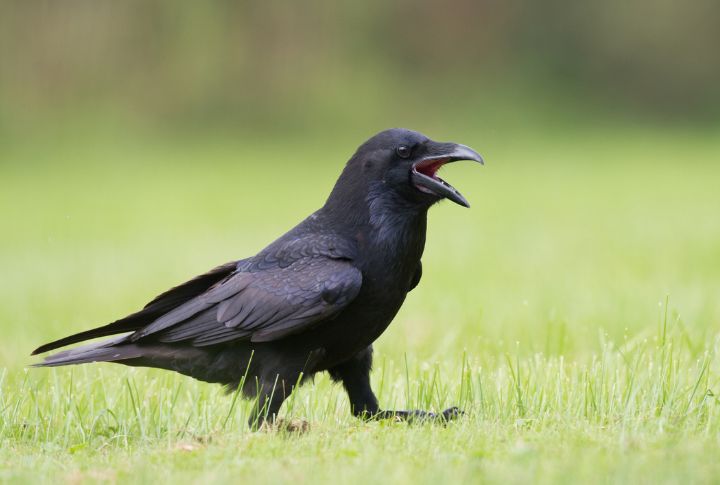
Fact: Although crows may swoop down on people, they often only show this behavior in certain circumstances, such as defending their nests or territories. They do not typically target humans without reason! They only attack when they perceive threats during nesting season or if they feel their offspring are in danger. Generally, crows are intelligent and social birds more likely to observe humans than attack them without cause.
Myth: Crows All Look the Same and Are All Black

Fact: While crows may look similar to the untrained eye, the several species each have unique characteristics and behaviors. There are over 40 species of crows with distinct differences. For instance, the American crow has a sleek, all-black appearance, while the hooded crow has a gray body and black head. Variations in size, plumage, and vocalizations across species highlight their diversity.
Myth: Crows Have No Predators
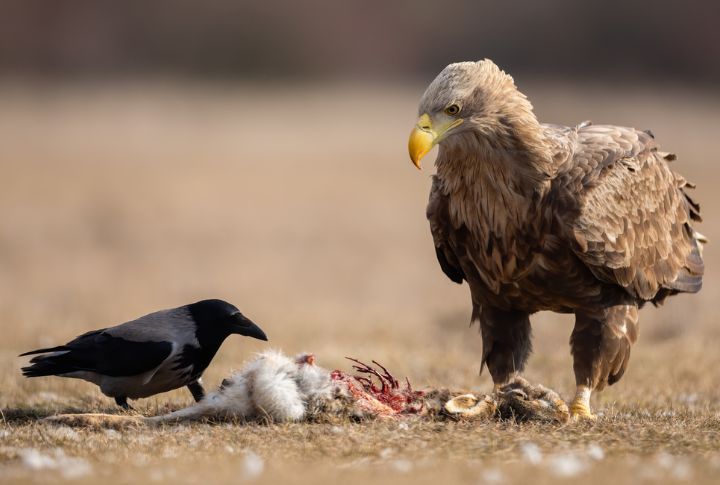
Fact: These intelligent birds face threats from various animals. Hawks, owls, and eagles prey on crows, particularly the young or injured. Mammalian predators like raccoons and cats also pose risks, especially to nests. Despite their cleverness and social strategies, crows are not immune to predation.
Myth: All Crows Migrate
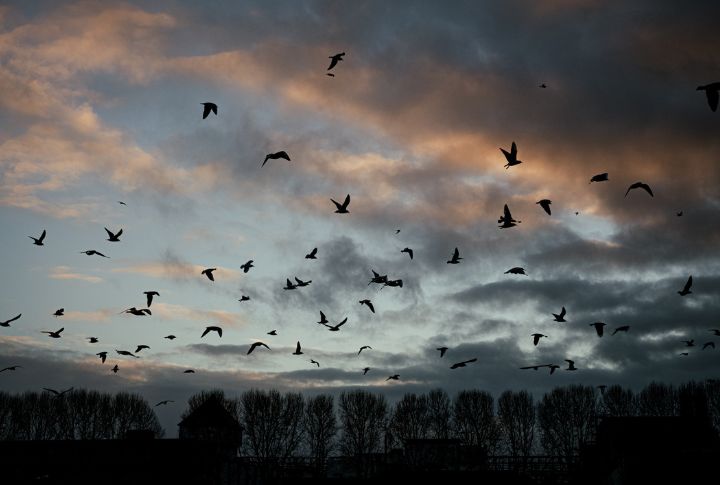
Fact: Species like the American Crow often stay in one area throughout the year, adapting to seasonal changes in food availability. Likewise, Carrion Crows prefer permanent settlements as most are local, and a larger population of Danish hooded crows are residents by choice. While some crows may migrate for better resources, many are non-migratory.
Myth: Crows Are Noisy for No Reason
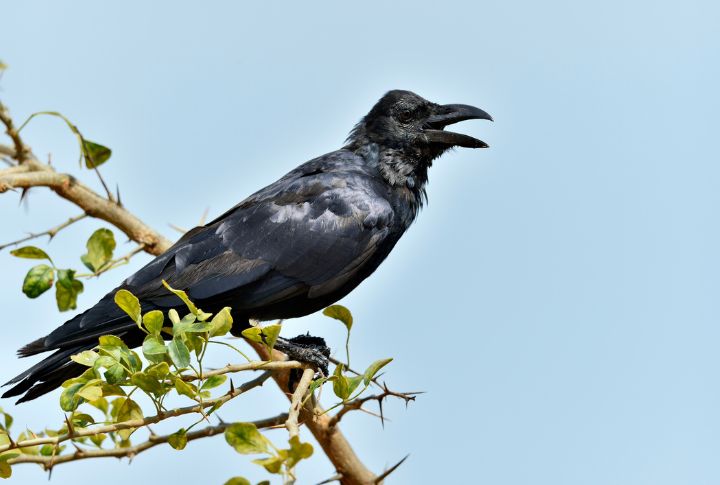
Fact: Crows use sounds, calls, and caws for different reasons. They use them to communicate within their social groups, warn of predators, and coordinate activities like finding food. Their language includes sounds for specific messages, reflecting their high intelligence and social nature. Understanding their communication shows that crows are far from mindlessly noisy.
Myth: Crows Are Dirty Birds

Fact: Crows are clean birds with robust grooming routines to maintain their feather health. They sunbathe to clean themselves of parasites and preen their feathers. Preening involves using their beaks to groom and arrange their feathers while removing dirt, dust, and parasites. They may also use water to clean themselves in puddles or shallow pools after dust baths to keep their feathers clean.
Myth: Crows Are Just Scavengers

Fact: Crows are opportunistic feeders that scavenge for food, hunt small animals, forage for nuts and seeds, and even use tools. Their diet can be road-kills, insects, frogs, snakes, mice, corn, human fast food, and even eggs and nestlings of other birds. As versatile hunters, they use various strategies to catch their prey. Their keen eyesight helps them spot potential food sources from a distance. Crows hunt insects, small mammals, and other birds by swooping down swiftly or stalking stealthily. They also use tools like sticks to extract insects from crevices.
Myth: Crows Are Aggressive Birds
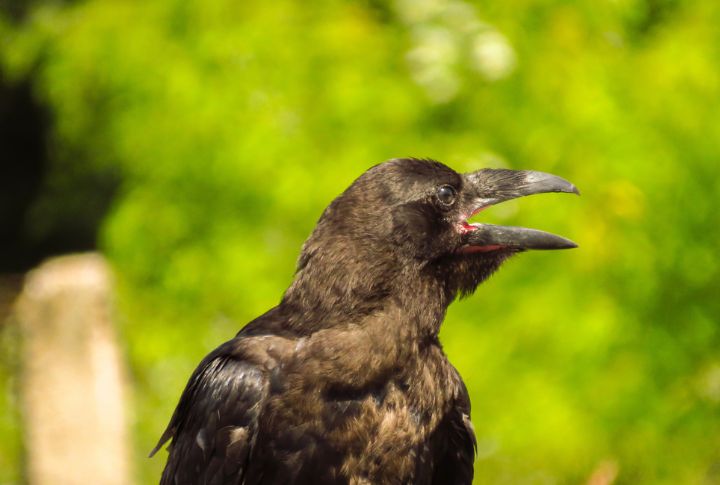
Fact: Despite what Alfred Hitchcock’s The Birds spreads about crows, these birds aren’t villains. Like dogs, they may occasionally harass people, but we can’t tag them “aggressive” if their behavior is more about protecting their own. When threatened, these territorial birds respond defensively by flying around in a circle and making loud noises. They can also swoop down to peck at threats or use “mobbing,” where the murder defend their territory by working together to chase off threats.
Myth: Crows Are Nocturnal

Fact: Unlike owls, crows are diurnal, meaning they are active during the day, primarily because they are diurnal foragers. They search for food sources like insects, small animals, fruits, and seeds during the daytime with more visibility. Being active during the day also allows them to avoid predators better and compete with other species for resources. At night, they roost in large communal groups for safety and warmth.

Comments
Loading…